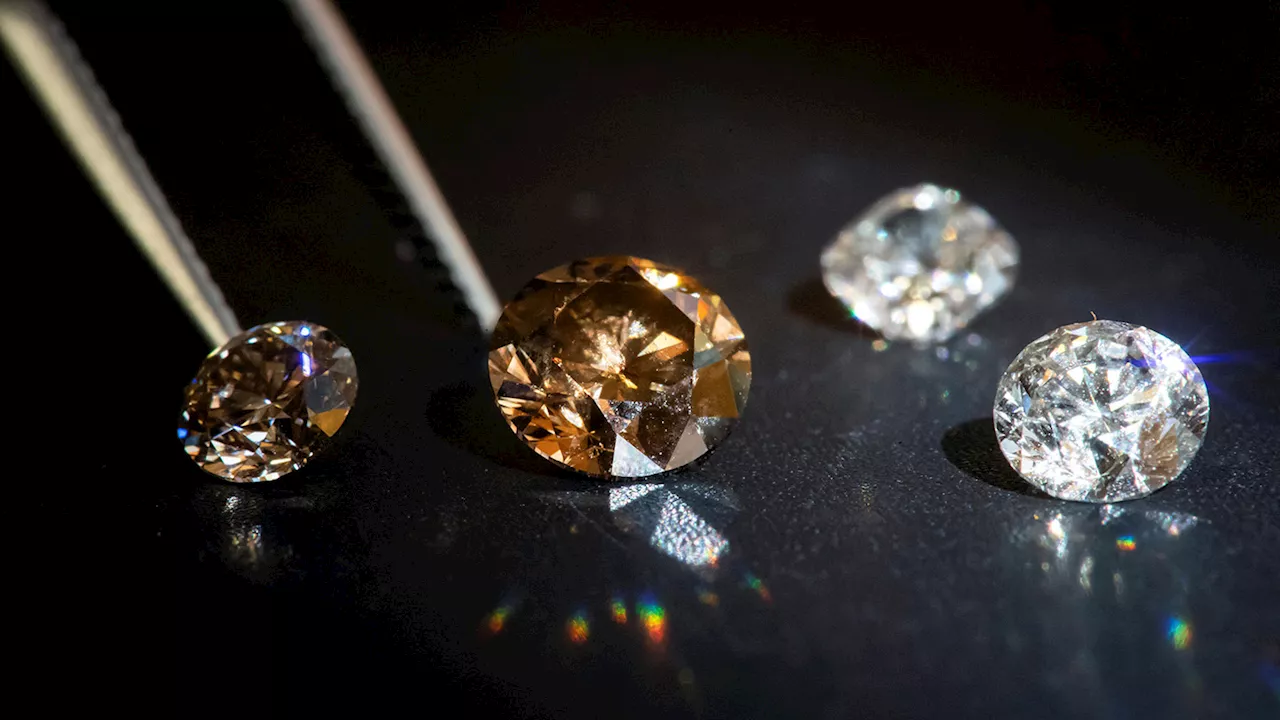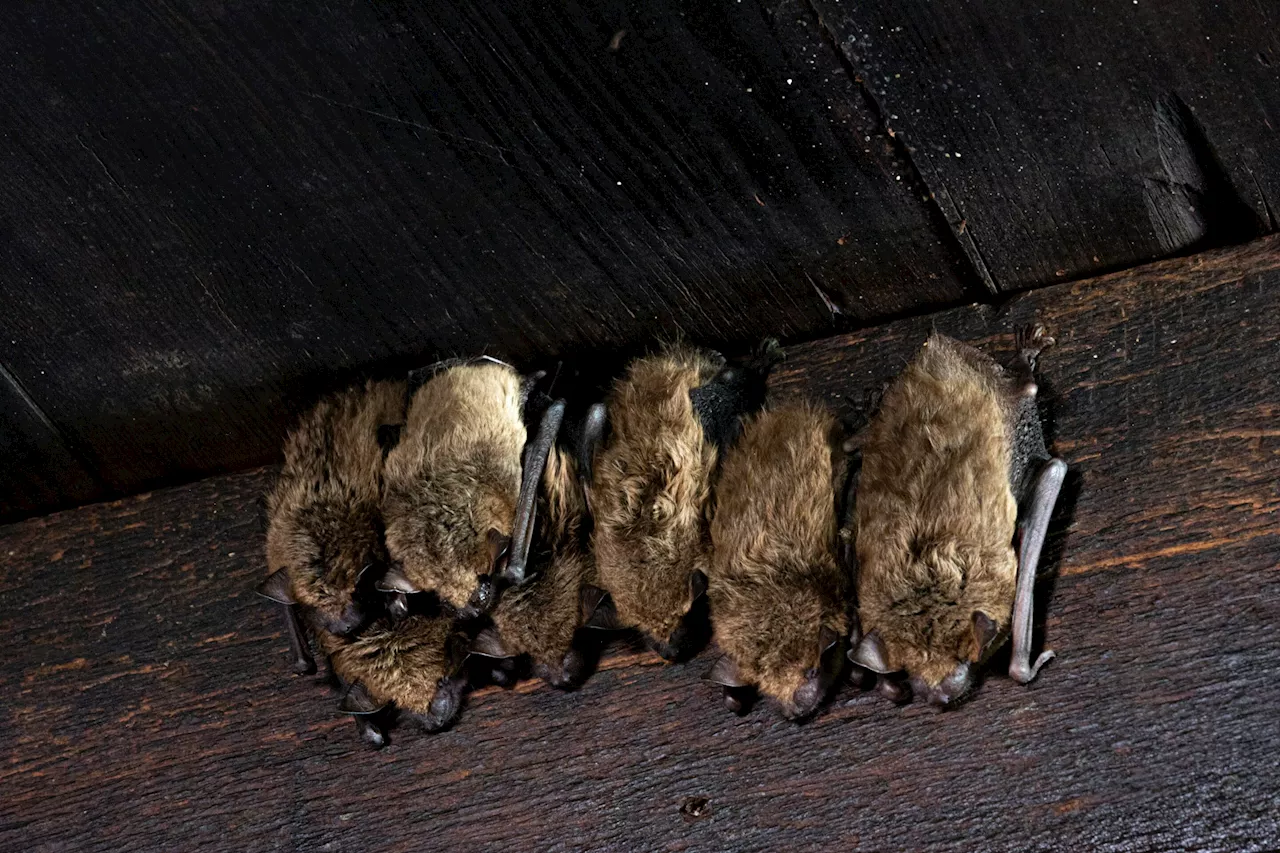The Best in Science News and Amazing Breakthroughs
A team of astronomers has used a new calibration technique to give us the first sharp images of the radio Universe in the frequency range of 16-30 megahertz – an achievement previously thought impossible, due to the turbulent interference generated by Earth's ionosphere.Seeing the Universe with radio eyes presents some interesting challenges at the best of times.
At the lowest end of the electromagnetic spectrum, the radio range consists of the longest waves, which means they can penetrate Earth's atmosphere. However, because theSo, putting a radio telescope in space simply isn't a cost-effective means of studying the radio sky, and most radio telescopes have been deployed and run right here on Earth. But for the decameter frequency range, below 30 megahertz, this means we've not been able to see what's out there in fine detail.
The technique isn't perfect – lines radiate around radio sources in the new image; this is because the ionosphere causes the source to appear to move around. The calibration has pinpointed the source with higher precision, but some artifacts of the ionospheric influence remain. That's something that can be refined in further work.
For now, though, the team's efforts show a degree of precision that reveals details we'd never seen before. High-frequency and low-frequency radio emission is created by different processes and objects; studying galaxy clusters we'd only ever seen before in high-frequency radio waves showed that the emission is not evenly distributed, but has a sort of spotty pattern.For now, though, we know the technique works.
United Kingdom Latest News, United Kingdom Headlines
Similar News:You can also read news stories similar to this one that we have collected from other news sources.
 Law Roach breaks down Zendaya’s tennis-inspired ‘Challengers’ looks and ‘method dressing’Zendaya and her longtime stylist Law Roach have leaned into 'method dressing' with chic tennis-inspired looks for the actor's new film, 'Challengers.'
Law Roach breaks down Zendaya’s tennis-inspired ‘Challengers’ looks and ‘method dressing’Zendaya and her longtime stylist Law Roach have leaned into 'method dressing' with chic tennis-inspired looks for the actor's new film, 'Challengers.'
Read more »
 New US method to 3D-print massive recyclable wind turbine blades on-siteThe team's novel polymer composite material has the properties of glass fiber-reinforced composites but is also recyclable.
New US method to 3D-print massive recyclable wind turbine blades on-siteThe team's novel polymer composite material has the properties of glass fiber-reinforced composites but is also recyclable.
Read more »
 The Counterintuitive Method for Perfect Poached EggsWe found a faster, better way to make restaurant-worthy poached eggs—and it takes less than 10 minutes from start to finish.
The Counterintuitive Method for Perfect Poached EggsWe found a faster, better way to make restaurant-worthy poached eggs—and it takes less than 10 minutes from start to finish.
Read more »
 A new method of making diamonds doesn’t require extreme pressure Lab-grown diamonds can form at atmospheric pressure in a liquid of gallium, iron, nickel and silicon.
A new method of making diamonds doesn’t require extreme pressure Lab-grown diamonds can form at atmospheric pressure in a liquid of gallium, iron, nickel and silicon.
Read more »
 New method makes finding bat roosts easier for conservationistsA new algorithm is making it easier for ecologists and conservationists to find bat roost locations—reducing search areas by nearly 375 times their previous size. The technology combines microphone detector data with a bat movement model to identify optimal searching regions and predict roost locations.
New method makes finding bat roosts easier for conservationistsA new algorithm is making it easier for ecologists and conservationists to find bat roost locations—reducing search areas by nearly 375 times their previous size. The technology combines microphone detector data with a bat movement model to identify optimal searching regions and predict roost locations.
Read more »
 Enhanced CRISPR method enables stable insertion of large genes into the DNA of higher plantsScientists at the Leibniz Institute of Plant Biochemistry (IPB) have succeeded for the first time in stably and precisely inserting large gene segments into the DNA of higher plants very efficiently. To do this, they optimized the gene-editing method CRISPR/Cas, commonly known as 'genetic scissors.
Enhanced CRISPR method enables stable insertion of large genes into the DNA of higher plantsScientists at the Leibniz Institute of Plant Biochemistry (IPB) have succeeded for the first time in stably and precisely inserting large gene segments into the DNA of higher plants very efficiently. To do this, they optimized the gene-editing method CRISPR/Cas, commonly known as 'genetic scissors.
Read more »
